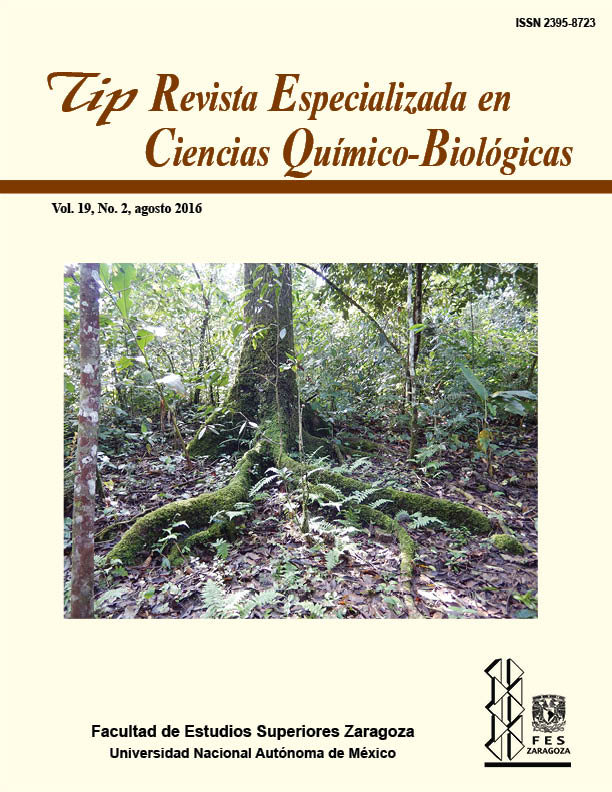Abstract
AbstractThe fruit fly Drosophila melanogaster is a model genetic organism that has recently been used with great success in the study of metabolism and growth controls. In spite of several differences with vertebrates, commonalities are many and extensive. In flies, the insulin pathway, homologous to the vertebrate pathway, regulates metabolism, growth, and proliferation through a single, common membrane receptor. This pathway, jointly taking over the functions exerted by vertebrate insulin and insulin-like peptides, is regulated by nutrient levels (dietary carbohydrates and proteins), and by hormonal control (juvenile hormone, ecdysone, upd2, adipokinetic hormone, Ilp8). This means that normally growth, size, and harmony of body parts are adapted to the nutritional status, influencing life expectancy and reproduction, and resulting in the wild type in reaching typical adult sizes and proportions, as expected from the bauplan. Mutations and deviations normally end up in disproportionate growth of body parts, overall reduced size and reproduction, and, ultimately, death.
TIP Magazine Specialized in Chemical-Biological Sciences, distributed under Creative Commons License: Attribution + Noncommercial + NoDerivatives 4.0 International.



